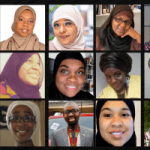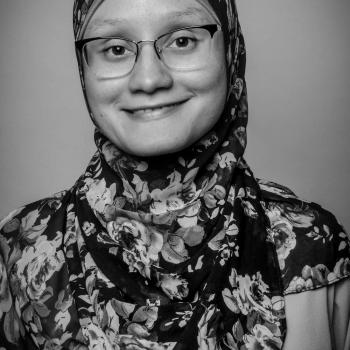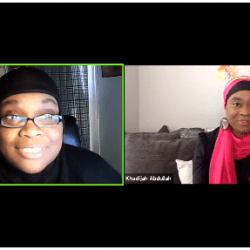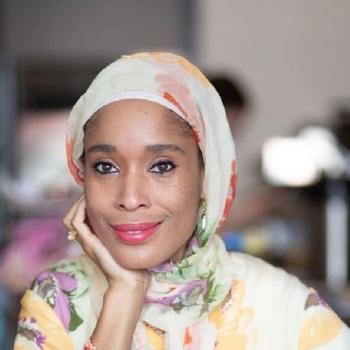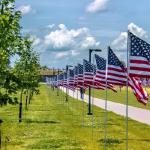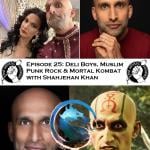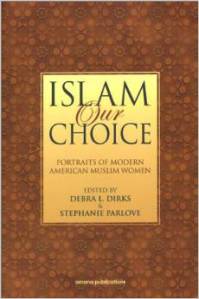 Alhamdulillah! After weeks of researching, I found a book of Native-born American Muslim conversion stories. This is just what I needed for my “Native-born American Muslim Experience” course. So often, the experiences of NbA Muslims are mixed in with immigrant Muslim perspectives, which is fine, but it often mutes their unique and powerful platforms. It also generally results in the idea that Islam is a foreign religion for foreigners, overlooking the religion’s deep American heritages.
Alhamdulillah! After weeks of researching, I found a book of Native-born American Muslim conversion stories. This is just what I needed for my “Native-born American Muslim Experience” course. So often, the experiences of NbA Muslims are mixed in with immigrant Muslim perspectives, which is fine, but it often mutes their unique and powerful platforms. It also generally results in the idea that Islam is a foreign religion for foreigners, overlooking the religion’s deep American heritages.
Fluctuating domestic and geopolitical dynamics over the past fifty years drew surges of attention to Muslims globally as well as in the United States. Consequently, a plethora of texts about Muslims were generated and continue to be written. These works range in their intent and accuracy; however, they predominantly focus on the Muslim demographic as “foreign” and often ignore the existing and growing amount of Muslims who are native-born and possess full ownership of their socio-cultural placement in the West. Here in the United States, this includes African-American, Euro-American, and Latino-American Muslims, who serve as examples of the rich and extensive historical presence of Muslims in the country. Unfortunately, their perspectives are often overlooked, and there is a tendency to examine and generalize American Muslims as an immigrant population.
By examining the unique Native-born American Muslim experience, many distinctions become apparent, including religious engagement, interaction with non-Muslim relatives, sharing socio-political struggles based on their socio-economic and minority statuses. In addition, many NbA Muslims are often subject to discrimination from their fellow immigrant adherents resulting from xenophobia and racism. Consequently, NbA converts and their progeny encounter social challenges and alienation from the country of their birth and the religion they embrace. Stories like the ones in this publication provide a chance to acquire more clarity about the Native-born American Muslim demographic.


